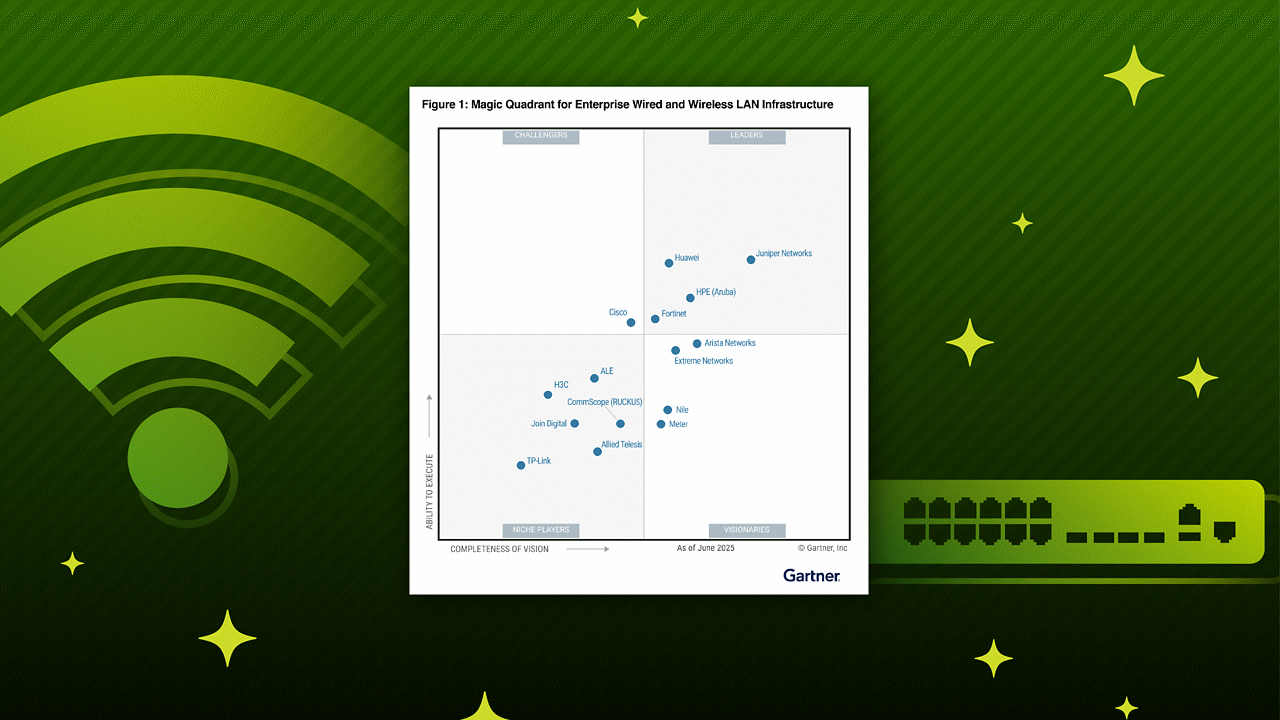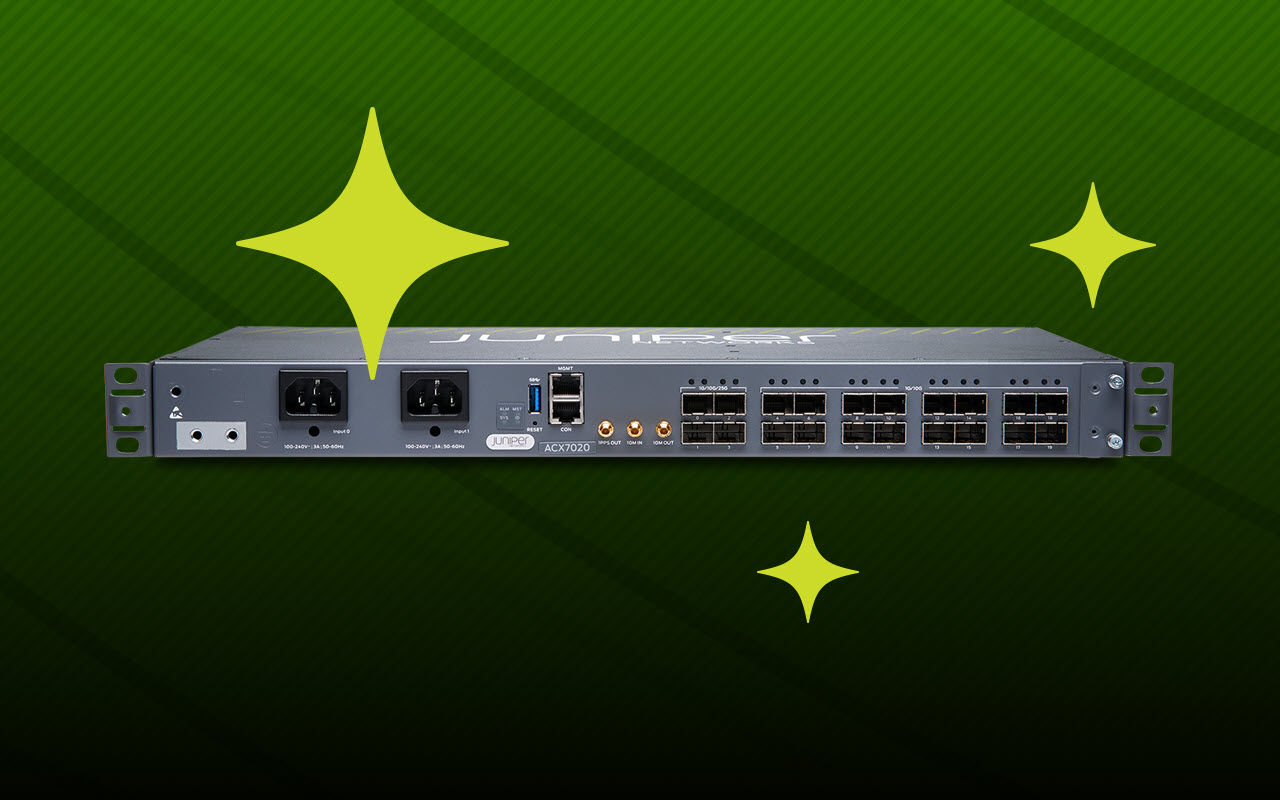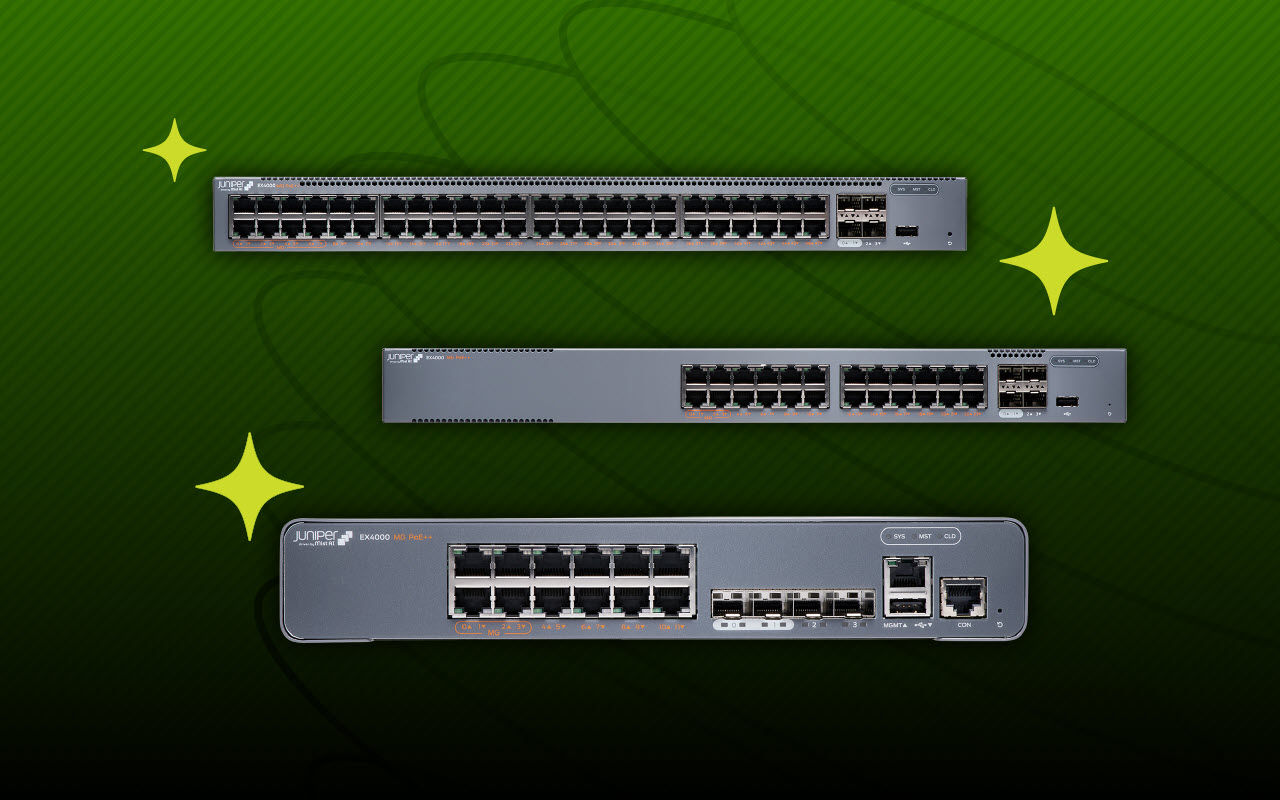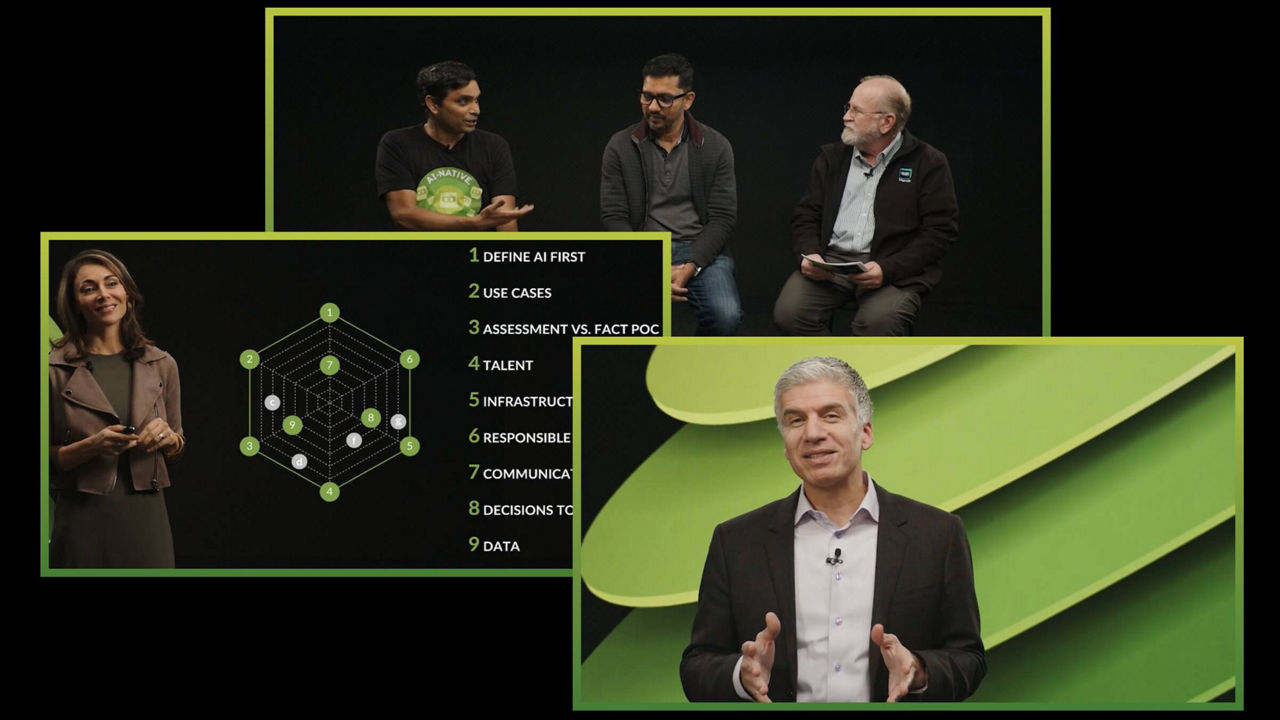Juniper Service Management and Orchestration Datasheet
Download DatasheetProduct Overview
Juniper Service Management and Orchestration (SMO), incubated at Juniper Beyond Labs, automates the design, deployment, and operation of open radio access networks (O-RAN), O-RAN cloud infrastructure (O-Cloud), 5G RAN slices, and 5G/4G services from Day 0 through Day 2+. It is tailored for highly dynamic, cloud-native, multivendor networks. It’s specifically engineered for 5G network slicing, enabling network operators to efficiently deploy, oversee, and monetize tailored network services as needed. Juniper SMO aligns with 3rd Generation Partnership Project (3GPP), O-RAN ALLIANCE, and TM Forum standards, implementing their management functions, data models, and APIs to streamline integration with third-party systems and enable seamless end-to-end 5G network slicing.
Product Description
The management and orchestration of mobile networks is becoming increasingly complex due to evolving trends. Network operators are transitioning from closed, monolithic systems to virtualized, disaggregated, and open solutions. At the same time, 5G and O-RAN are introducing a massively distributed infrastructure, with services delivered across tens of clouds, hundreds of data centers, and thousands of RAN sites. This complexity is further driven by the demand for on-demand service models, requiring network operators to rapidly deploy custom services under SLAs and charge on an as-a-service (aaS) basis. To simplify this complexity, Juniper is providing a standard-compliant SMO platform for O-RAN.
The Juniper SMO streamlines the automation of O-Cloud infrastructure, RAN slices, and services, managing their design, deployment, and operation from Day 0 to Day 2+. For Day 0, it automates onboarding cloud infrastructure with a discovery and reconciliation process by identifying existing O-Cloud and RAN functions in brownfield deployments, as well as importing planned RAN inventory for new greenfield sites. Juniper SMO enables the deployment of O-Cloud on bare metal servers and the smooth onboarding of third-party RAN network functions like O-RAN-compliant Central Unit (O-CU), Distributed Unit (O-DU), and Near-Real-Time RAN Intelligent Controller (Near-RT RIC). Additionally, the SMO features a design studio for creating RAN slice and service templates, allowing providers to tailor complex network topologies to meet specific throughput, latency, and scalability requirements.
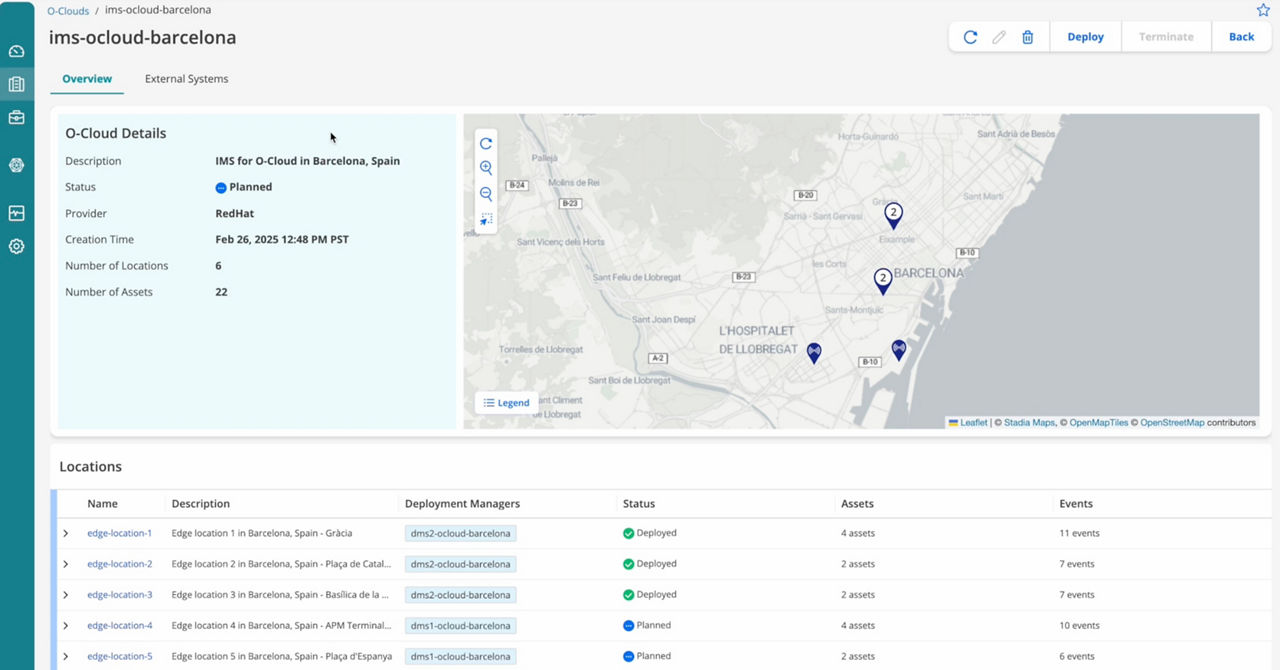
Figure 1: Juniper SMO automates onboarding cloud infrastructure with a discovery and reconciliation process by identifying existing O-Cloud and RAN functions in brownfield deployments, as well as importing planned RAN inventory for new greenfield sites.
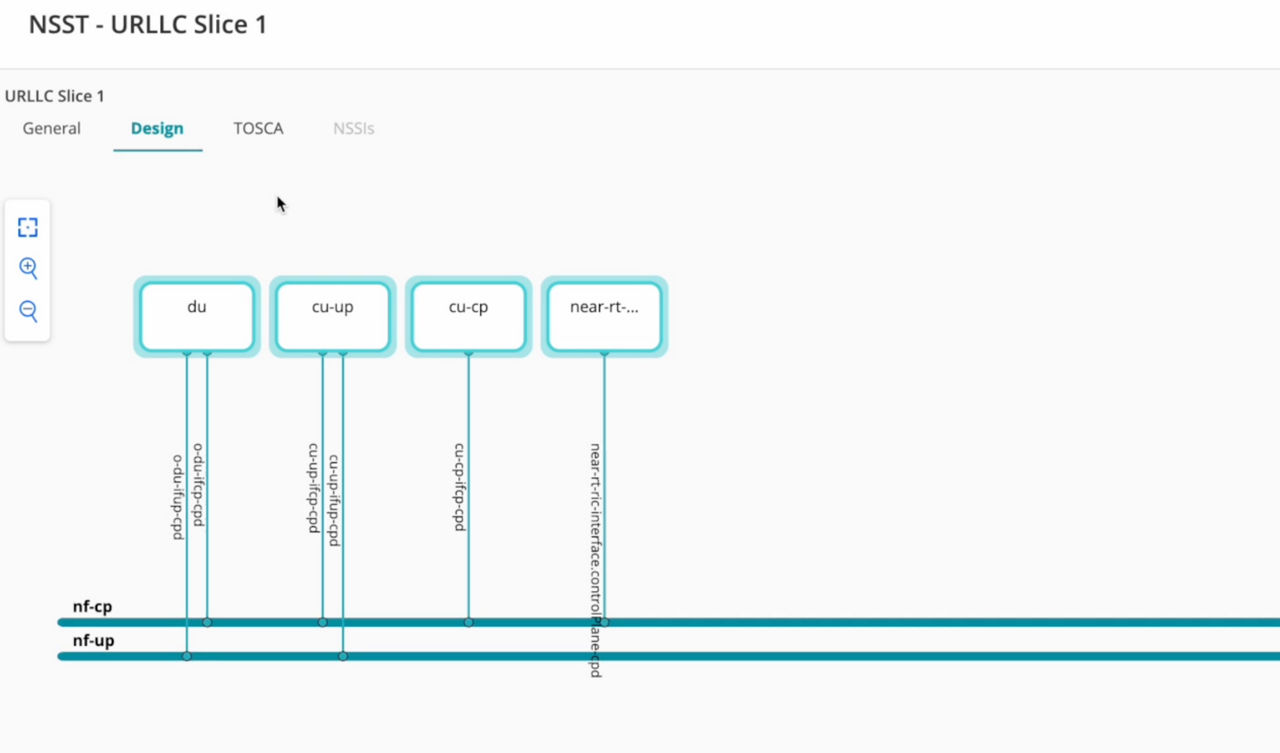
Figure 2: Juniper SMO provides a design studio for creating RAN slice and service templates, allowing network operators to tailor complex network topologies to meet specific throughput, latency, and scalability requirements.
On Day 1, network operators can use Juniper SMO to deploy 5G RAN slices and 5G/4G services prepared during Day 0 phase. Juniper SMO orchestrates and deploys the required O-RAN workloads (O-CU and O-DU network functions) based on the prepared slice and service templates.
For Day 2+, Juniper SMO implements OAM functionalities such as configuration management (CM), performance management (PM), and fault management (FM) at multiple levels, including:
- O-Clouds, edge and cell sites, clusters, servers
- RAN workloads (O-CU/O-DU)
- 3GPP/O-RAN logical network functions (also known as Managed Objects)
Juniper SMO also monitors the slice-related KPIs such as uplink/downlink throughput, latency, etc., and implements optimization and assurance mechanisms such as closed loop automation with Juniper RAN Intelligent Controller (RIC).
In addition to supporting O-RAN infrastructure and deployments, the Juniper SMO allows for integration with legacy, non-O-RAN compliant systems through a flexible, customizable, plugin-based south-bound interface.
Architecture and Key Components
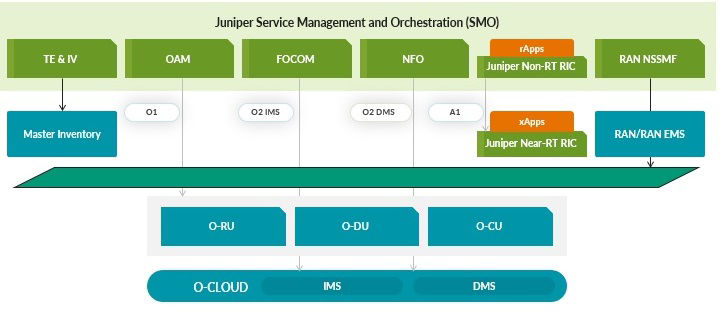
Figure 3: Juniper SMO is based on a cloud-native microservices architecture fully aligned to industry standards such as 3GPP, O-RAN, and TM Forum.
The Juniper SMO is based on a cloud-native microservices architecture and adheres to the service-based management architecture (SBMA) of 3GPP and the decoupled SMO architecture from O-RAN. It supports standard interfaces such as 3GPP, O-RAN, and TM Forum across the entire architecture. The Juniper O-RAN SMO is architected for 5G Network Slicing by implementing the 3GPP-defined RAN Network Slice Subnet Management Function (RAN NSSMF). The RAN NSSMF manages and orchestrates network slice subnets within the RAN, ensuring efficient resource allocation and performance for specific services or customers.
The O-RAN module TE and IV (Topology Exposure and Inventory) focuses on managing the network's topology and inventory data. TE manages the network's structure, including the relationships and connectivity between O-RAN components such as the O-DU, O-CU-CP (Central Unit-Control Plane), O-CU-UP (Central Unit-User Plane), and Near-RT RIC. IV oversees network resources and assets, including hardware and software components, by tracking details such as unique identifiers, attributes, and configurations of network functions within the architecture. The TE and IV can interface with any Master Inventory database provided by the network operator for discovery and reconciliation.
The O-RAN OAM (Operations, Administration, and Maintenance) is a framework defined by the O-RAN Alliance to manage O-RAN components, ensuring efficient operation of the radio access network. It handles fault management, configuration, and performance monitoring for elements like O-DU, O-CU, and Near-RT RIC using standardized interfaces (O1) and aligning with 3GPP standards for automation and interoperability. The O-RAN OAM can interface with a RAN Element Management System (RAN EMS) or directly with the RAN network elements.
The O-RAN FOCOM (Federated O-Cloud Orchestration and Management) module manages and orchestrates the O-Cloud infrastructure, including clouds, data centers, and clusters. It handles provisioning, configuration, and lifecycle management of O-Cloud resources across multiple sites using the standardized O2ims interface. FOCOM communicates with the Infrastructure Management Service (IMS) module in the O-Cloud.
The O-RAN NFO (Network Function Orchestrator) module is responsible for orchestrating and managing the life cycle of O-RAN network functions such as O-CU and O-DU. It handles deployment, scaling, and lifecycle management of these functions, ensuring interoperability and efficient resource utilization across the O-RAN architecture using standardized interfaces like O2dms. NFO communicates with the Deployment Management Service (DMS) module in the O-Cloud.
We also have the Juniper RAN Intelligent Controller (RIC) that brings intelligence and programmability to the radio network. Juniper RIC platform is based on a cloud-native microservices architecture and is fully compliant with the O-RAN specifications and interfaces. Juniper RIC includes the Non-RT and Near-RT RIC with their associated rApps and xApps to control the RAN network functions, O-RAN Distributed Units (O-DUs), and O-RAN Central Units (O-CUs). It supports both an open API and an SDK for integration with any third-party O-RAN-compliant xApps or rApps, giving network operators greater flexibility and choice of suppliers.
Features and Benefits
Intent-Based Automation for O-RAN
Juniper SMO is designed from the ground up for highly dynamic, cloud-native, multivendor networks. Its intuitive, intent-based GUI allows operators to manage the network based on user experiences and services objectives rather than network parameters. This enables network operators to manage and monetize custom network services on demand.
Lifecycle Management of RAN Slices and Services
Juniper SMO offers complete lifecycle management for 5G RAN Slices and 5G/4G Services, from initial deployment to ongoing maintenance and upgrades, streamlining operations and enhancing service reliability.
Aligned to Industry Standards - 3GPP, O-RAN ALLIANCE, TM Forum
The Juniper SMO supports standards such as 3GPP, O-RAN, and TM Forum across the entire architecture. It implements O-RAN and 3GPP management functions, including requirements, procedures, data models, and APIs. This enables easier integration with multivendor systems to deliver end-to-end 5G network slicing. Juniper SMO can be integrated with any O-RAN-compliant RIC solution.
Cloud-Native, Microservices Architecture
The Juniper SMO is built on a cloud-native, microservices-based, containerized architecture to ensure scalability, resilience, and efficient resource utilization, adapting dynamically to varying network demands.
Industry and Ecosystem Leadership
Juniper is an active proponent of O-RAN in several industry and standards organizations, contributing to five of the 11 working groups in the O-RAN Alliance. Juniper chairs the Network Slicing Task Group, co-chairs the Use Case Task Group, is a leader of the slicing sub team, and serves as editor and contributor to several specification documents.
Ordering Information
Please contact your Juniper sales representative for information on ordering Juniper SMO.
About Juniper Networks
Juniper Networks believes that connectivity is not the same as experiencing a great connection. Mist™, Juniper’s AI-native networking platform, is built from the ground up to leverage AI to deliver exceptional, highly secure, and sustainable user experiences from the edge to the data center and cloud. Additional information can be found at juniper.net or connect with Juniper on X (formerly Twitter), LinkedIn, and Facebook.
1000808 - 001 - EN JUNE 2025




